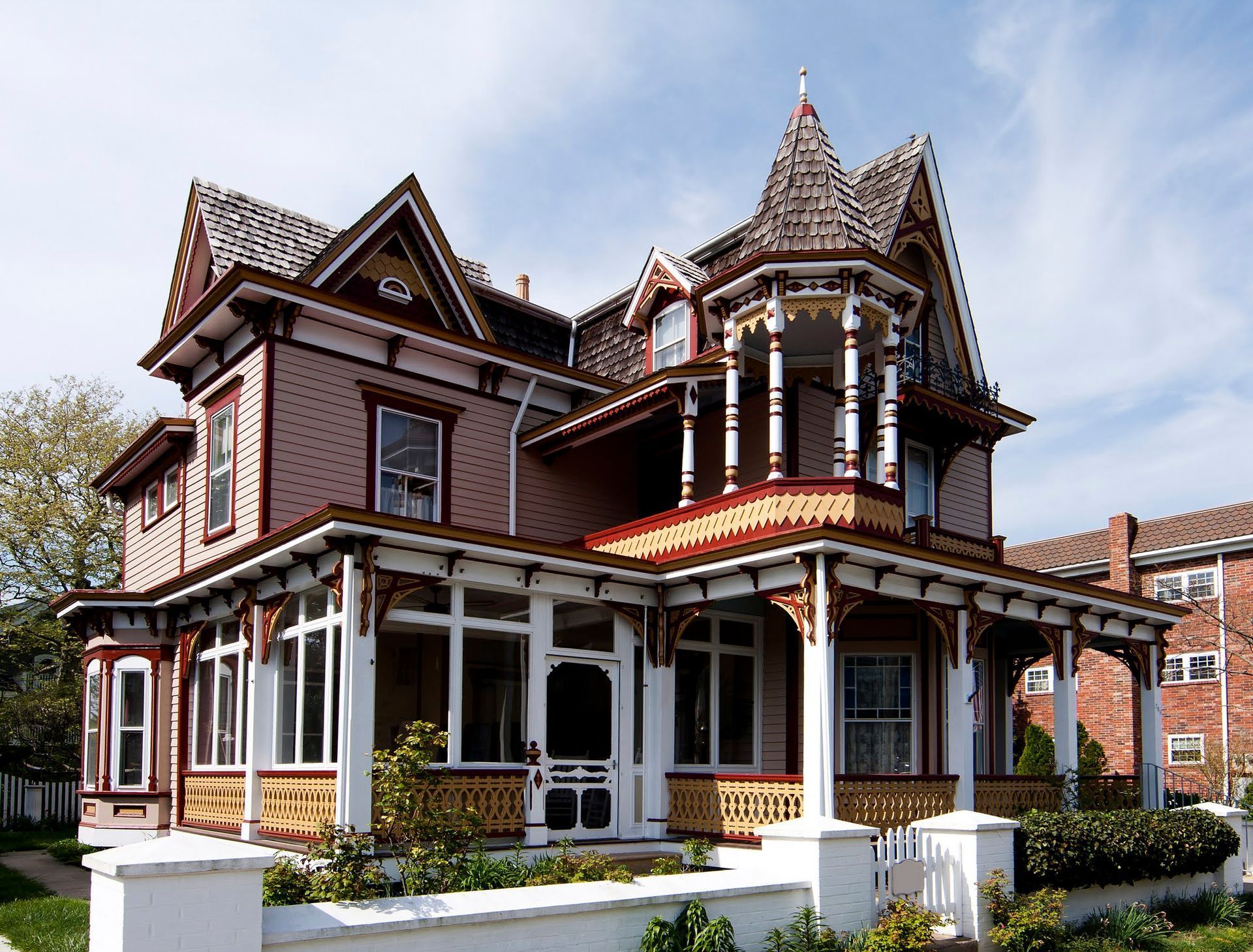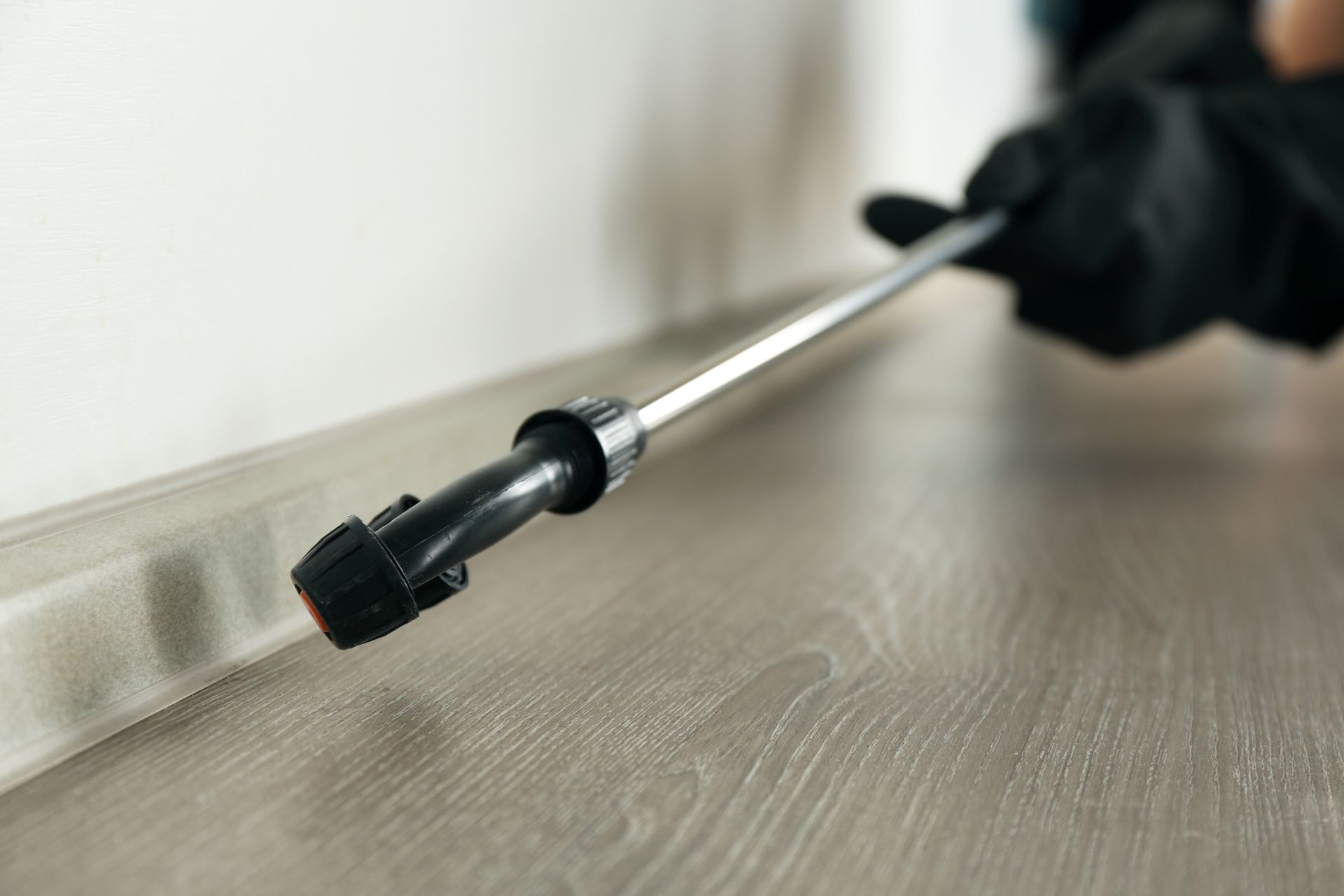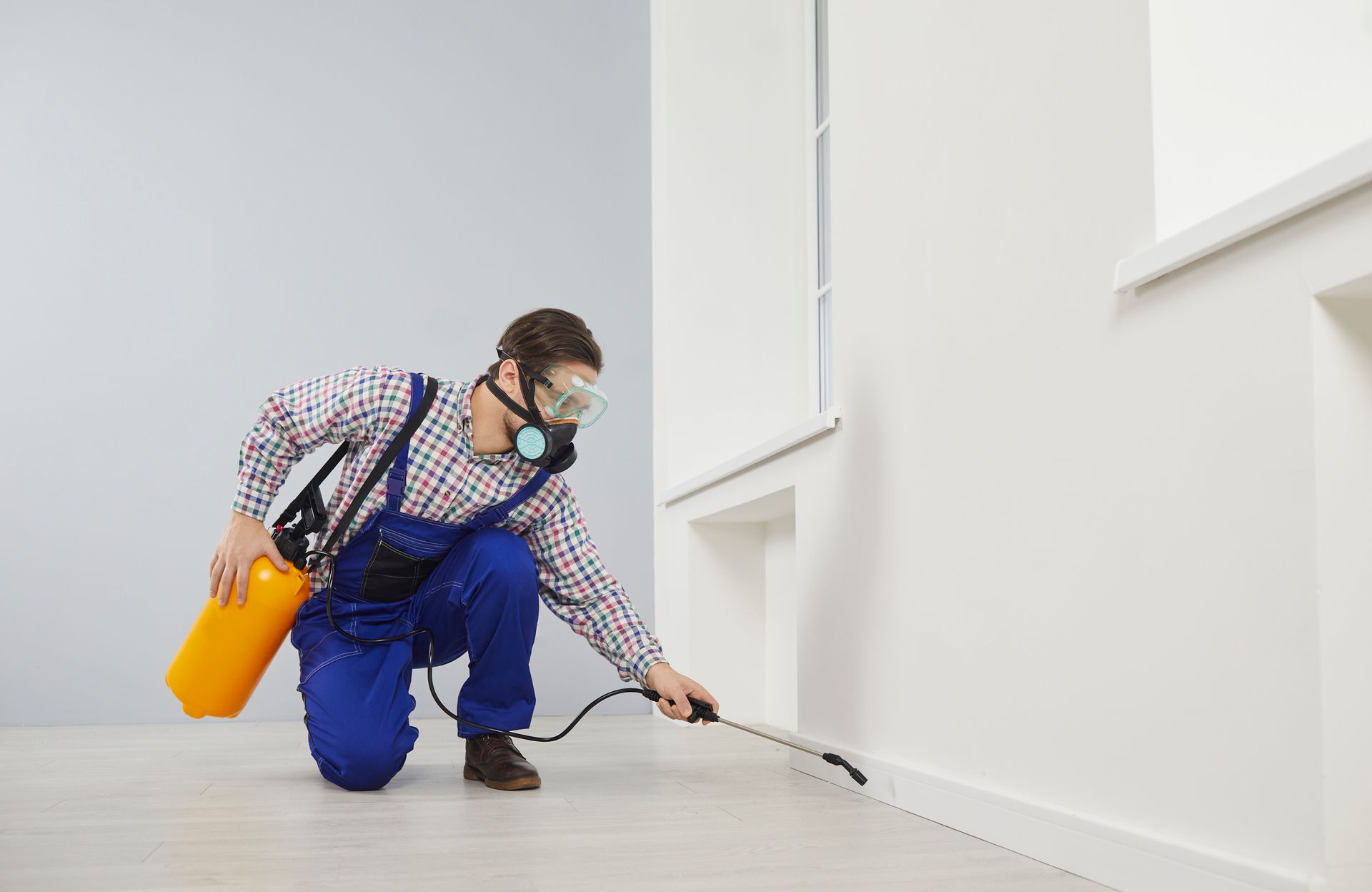Why Older Twin City Homes Can Be a Hub for Pest Activity

Here are a few reasons why old houses are the perfect haven for many pests.
Damaged Wood and Stone Walls
Older homes are often made up of attractive materials to pests, like wood, stone, and brickwork. Wood provides shelter and warmth, especially during colder months. And because of age, the wood might sometimes be weak, which enables pests to create nests and breed easily.
In some cases, damaged wood sections are practically an open invitation for pests as the split and cracked wood sections act as a haven for rodents and insects. The pests can use the weakened wood to make nests for breeding. If you're not quick to notice, pest numbers can grow quickly.
This problem is even more exacerbated if parts of the wood are damp or wet, which provides an even more inviting environment. Wet wood gives attracts pests like damp-wood termites that want a place to nest and grow their colonies. While you might not see these insects in the open during winter, they can still cause plenty of damage in the background.
Old stone walls are also a great place for pests such as rodents to hide and make homes. The bricks may have crevices where these pests can hide and create nests. Additionally, the mortar between the bricks may start to crumble and weaken, which provides an easy entrance for pests that want to get inside.
If there's wall insulation present, certain rodents can use the material to their advantage. Not only does insulation provide warmth and shelter, but some types of insulation, especially cellulose, and polystyrene, can act as food sources. You'll likely hear these critters inside your walls as they nibble and scratch the insulation.
Poor Sealing and Caulking
As a home grows older, the sealant between doors and windows can start to wear away. The weatherstripping may also start to break down and become less effective, which can create gaps. Gaps and holes provide an easy entry point for pests like rodents, insects, and other vermin.
If any caulking is present, the material may become brittle and crack over time. This problem creates even more entry points for pests, especially if the caulking is around windows and door frames.
The cracks and crevices in the frames may become large enough for pests to squeeze through when the weather outside is cold. Pests such as mice, rats, and ants can use these pathways to gain entry into your home and find a warm place to nest.
Furthermore, the sealant might not be strong enough to keep out certain types of pests, such as flying insects and spiders. These pests can easily slip through the cracks and enter your home before you even have a chance to notice.
Overgrown Vegetation
Old yards tend to have lots of nooks and crannies where pests can hide and get access to food sources like plants or compost piles. This situation can be particularly problematic if the area has overgrown shrubs, trees, and wood piles.
Any overgrown trees, bushes, or shrubs around your home can provide an easy entry point for pests. In some cases, bushes and shrubs may form thick coverings around your home's exterior or near windows, which can cover up potential entry points.
During wintertime, these plants may also act as an additional layer of insulation, which allows some pests to survive the cold weather. They can create nests and burrows inside the branches and trunks from which they can access your home, especially if these plants are close to the house. The branches act as a bridge between the ground and your house, so pests can easily climb up and find an entry point.
In addition, wood piles can attract various pests, including carpenter ants and other wood-destroying insects. These pests are attracted to the moisture in the wood and will use the piles as a place to breed and hide from predators. They could even have their nests underneath the wood piles, which provides easy access to your home.
Lastly, compost piles and other organic materials can attract pests like cockroaches, ants, and rodents. These pests may follow the odors the compost piles emit or the moisture these piles provide. These piles can quickly become breeding grounds for pests and provides these critters with easy access to your home.
As you can see, older homes present some unique challenges, especially if you have concerns about pest activity. So if you own an older house, keep an eye out for signs of a possible infestation, such as droppings or chewed-up furniture, wiring, or woodwork around the house (especially in hard-to-reach areas).
While simple structural fixes might help keep out these pests, you'll need a permanent solution to get rid of the critters inside and outside to prevent future infestations. If you suspect that your old home might have a pest problem, reach out to Paffy's Pest Control for a thorough inspection and discuss your options.















